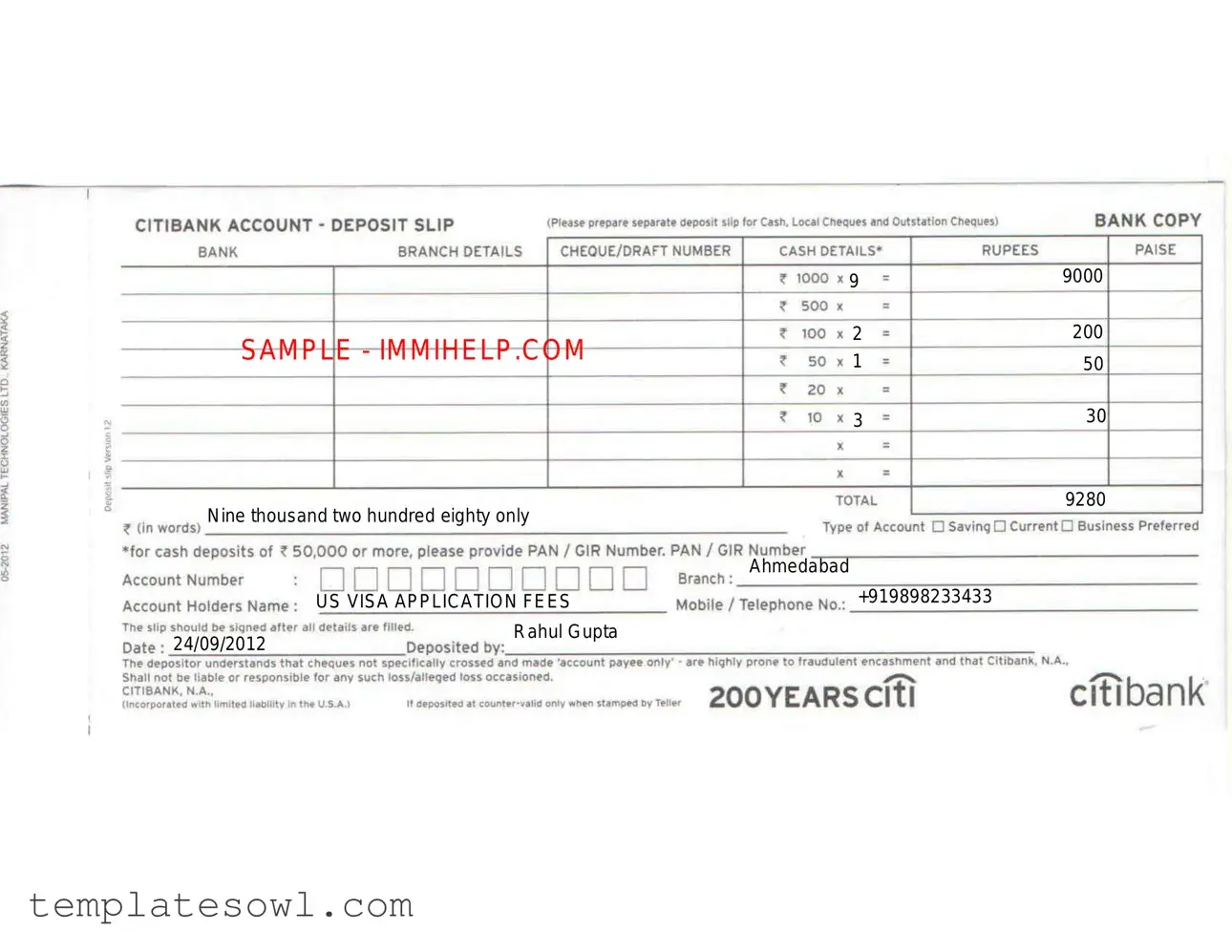What is the Civilian Leave Statement form?
The Civilian Leave Statement form is a document used by employees to formally request approval for leave from their work responsibilities. This form helps track the leave taken and ensures compliance with company policies regarding time off. It is essential for both the employee and the employer to maintain accurate records of leave time.
Who needs to fill out this form?
Employees planning to take any type of leave, whether it is vacation, sick leave, or personal time off, are required to complete the Civilian Leave Statement form. By doing so, they inform their supervisors of their absence and have a record for future reference.
How do I submit my completed form?
Once you have filled out the Civilian Leave Statement form, it should be submitted to your immediate supervisor or HR department. Depending on the organization, the submission process may vary, so it’s important to follow the internal procedures outlined by your employer.
Is there a deadline for submitting the Civilian Leave Statement form?
Yes, submitting the form timely is crucial. Most organizations require the form to be submitted at least a week before your planned leave. This advance notice helps management arrange coverage for your responsibilities and ensures a smoother transition during your absence.
What should I do if my leave request is denied?
If your leave request on the Civilian Leave Statement form is denied, you should discuss the situation directly with your supervisor or HR representative. They can provide additional insights on the reason for the denial. You may also explore alternative dates for your leave or other viable options if your initial request cannot be accommodated.
Can I amend my leave request after submission?
Yes, if you need to make changes to your leave request after submitting the Civilian Leave Statement form, contact your supervisor as soon as possible. They can guide you on how to amend your request, whether that involves submitting a new form or providing a written amendment.
What happens if I do not submit the Civilian Leave Statement form?
If you fail to submit the Civilian Leave Statement form before taking leave, it may lead to complications. Such actions can result in unexcused absences, potential disciplinary action, or issues with your employment record. Always prioritize submitting the form to maintain transparency and comply with company policy.
Where can I find the Civilian Leave Statement form?
Typically, the Civilian Leave Statement form can be obtained from your company’s HR department or intranet site. Some organizations provide templates or downloadable formats for ease of access. If you have difficulty locating the form, reach out to your HR representative for assistance.

